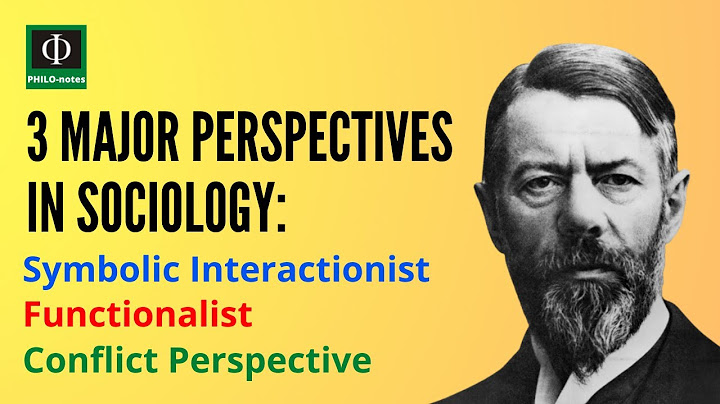What Is the Hersey-Blanchard Model?The Hersey-Blanchard Model suggests no single leadership style is better than another. Instead of focusing on workplace factors, the model suggests leaders adjust their styles to those they lead and their abilities. Show
Under the model, successful leadership is both task-relevant and relationship-relevant. It is an adaptive, flexible style, whereby leaders are encouraged to consider their followers—individuals or a team—then consider the factors that impact the work environment before choosing how they will lead. This ensures they will meet their goals. The Hersey-Blanchard Model is also referred to as the Situational Leadership Model or Theory. Key Takeaways
Understanding the Hersey-Blanchard ModelThe Hersey-Blanchard Model, or situational leadership style, was developed by author Paul Hersey and leadership expert Ken Blanchard, author of The One Minute Manager. The model is not a static leadership style. Instead, it is flexible, wherein the manager adapts their management style to various factors in the workplace, including their relationship with employees. That means managers who live by the model must choose the leadership style as it relates to the maturity of followers. For example, if follower maturity is high, the model suggests the leader provide minimal guidance. By contrast, if follower maturity is low, the manager may need to provide explicit directions and supervise work closely in order to ensure the group has clarity on their goals and how they are expected to achieve them. The maturity level of followers is divided into three categories: high, moderate and low. High maturity includes highly capable and confident individuals who are experienced and work well on their own. Moderate maturity is generally divided into two groups: the first are employees who are capable but lack enough confidence to take on the responsibility to do so, and the second group has the confidence but is not willing to do the task at hand. Low maturity employees are not skilled enough to do the task but are very enthusiastic. Because the Hersey-Blanchard model depends on a leader's decision-making skills, it uses an individualistic rather than a group approach. Special ConsiderationsHersey-Blanchard Model and Leadership StylesHersey and Blanchard developed four types of leadership styles based on the task and relationships that leaders experience in the workplace. According to the model, the following are styles of leadership managers can use:
Applying the Model and Its LimitationsThis leadership method lets executives, managers and other positions of authority take charge of their followers based on the acumen, understanding and context of the group. By taking into consideration how the strengths, weaknesses and awareness of the followers can affect performance and outcomes of a project, leaders can apply an appropriate structure and degree of control to achieve the desired result. There are limitations to the model that may be beyond the leader’s control. The position and authority of the leader may be restricted by the operational chain-of-command or hierarchy for an organization, which could force them to adopt rigid styles rather than adapt to follower maturity. Furthermore, time constraints, a narrow field of options, and limits on available assets can also force managers to act based on the circumstances they face, eliminating the possibility of enacting strategies built around follower maturity. Advantages and Disadvantages of the Hersey-Blanchard ModelAlthough this leadership model may be sound in theory, it may not necessarily apply in every situation. It comes with advantages and disadvantages. One advantage of an adaptive leadership style is leaders can change their style at their own discretion at any time. Secondly, employees may find a leader who adapts to shifts in the workforce as a desirable trait. It is also a simple and easy-to-apply leadership style, meaning a manager can quickly evaluate a situation and make decisions as they see fit. On the downside, situational leadership may put too much responsibility on the manager, whose decisions may be flawed. Also, the model may not apply to every work culture. The model may also prioritize relationships and tasks, as opposed to a company's long-term goals. Which behavior of the delegator would be characterized as selling according to the Hersey's model when assigning tasks to a delegatee?According to Hersey's Situational Leadership Model, if the relationship between a delegator and a delegatee with limited knowledge is new and is not going to be ongoing, the delegator's behavior is characterized as "telling." Delegator's behavior is characterized as "selling" if the delegatee and delegator have an ...
Which behavior of the nurse leader is characterized as delegating according to Hershey's model?Observing or monitoring behavior of the leader is characterized as delegating according to Hersey's model.
In which situation would a delegator identify that a delegatee is unable to perform an assigned task?A delegatee is identified as less able to perform a specific work when he or she has a knowledge deficit. When the delegatee is upset, bored, or anxious, the delegator will identify that the delegatee is unwilling to perform a specific task.
Which primary task is achieved by a delegator when delegating a task to an delegatee?Inspiring the delegatee by motivation is the primary task to be achieved by the delegator to reach an effective outcome.
|

zusammenhängende Posts
Werbung
NEUESTEN NACHRICHTEN
Werbung
Populer
Werbung

Urheberrechte © © 2024 ketiadaan Inc.
















